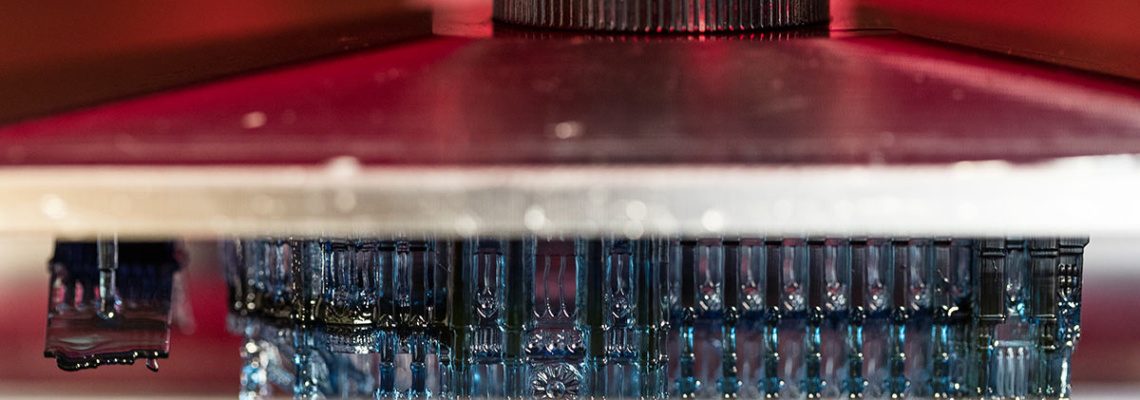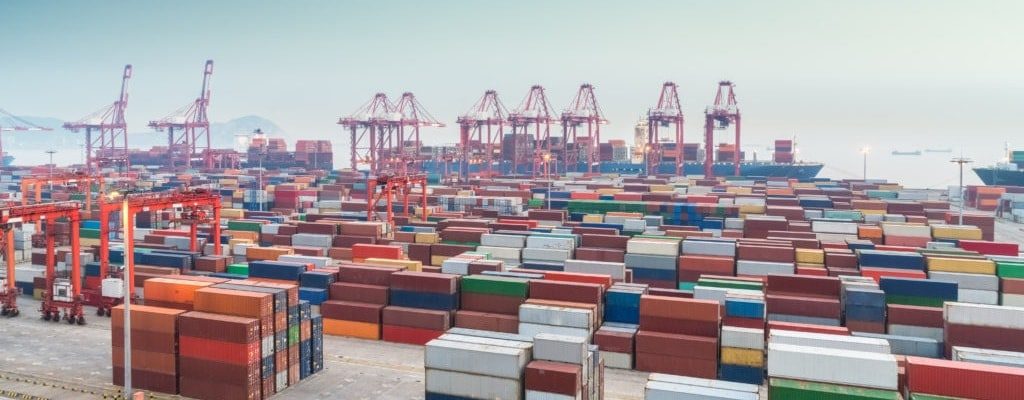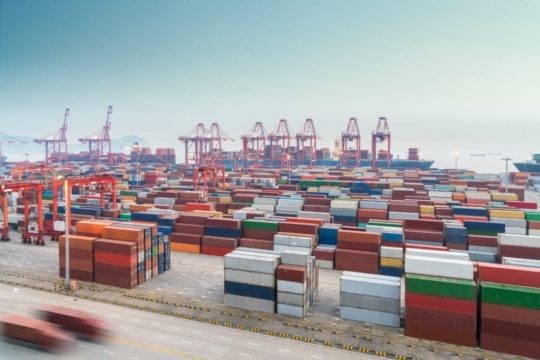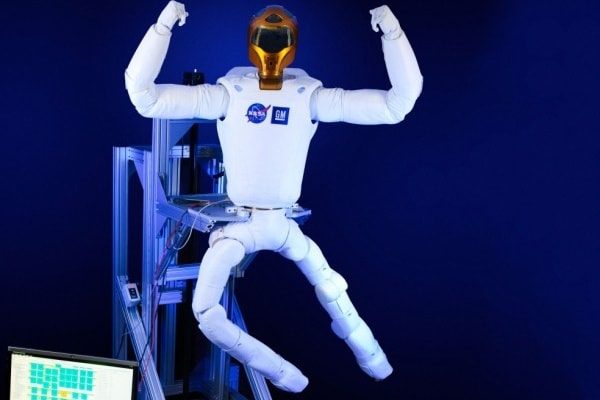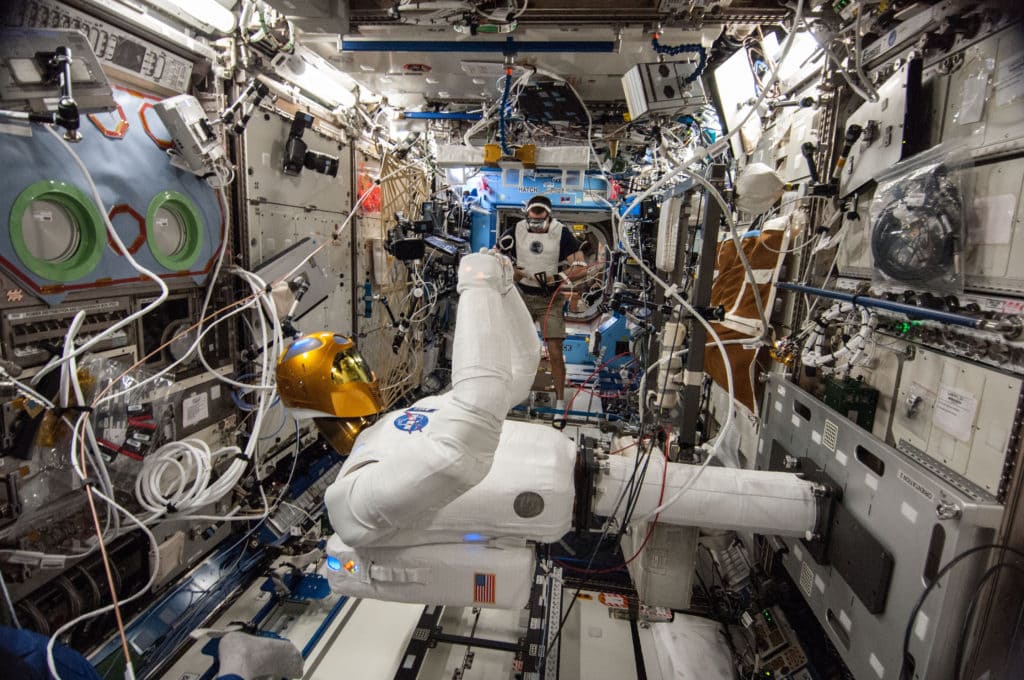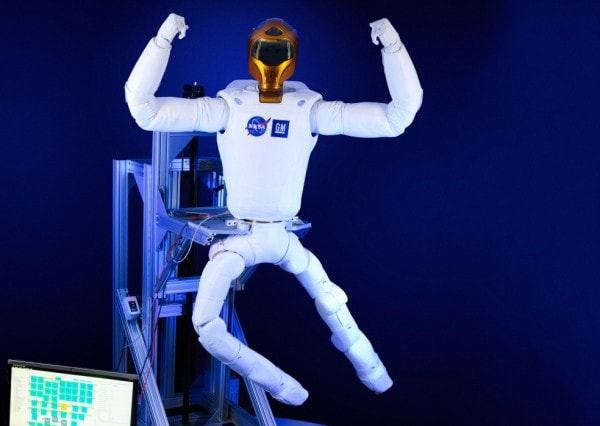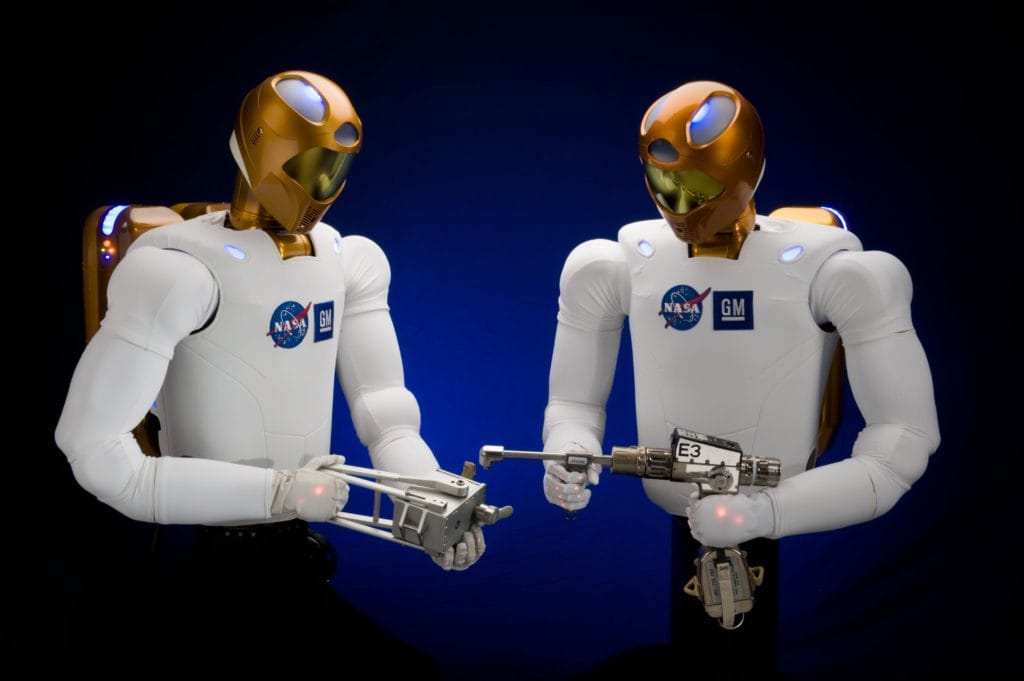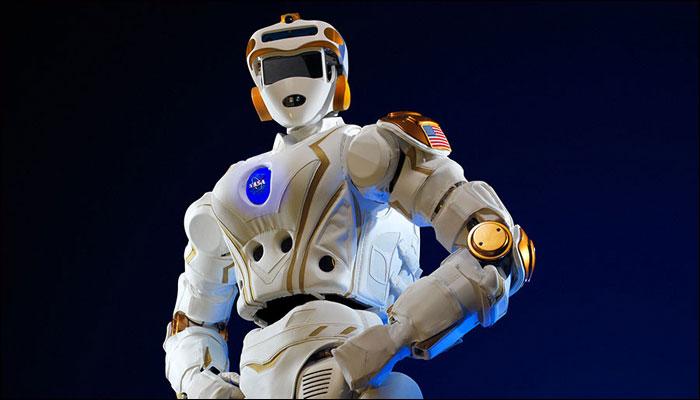Manufacturing has had one wild year and, in the wake of COVID-19, many industry experts, boardroom executives, and men and women on the production floor are “shopping” their theories for 2021 manufacturing trends.
Theories for what 2021 will hold run the gamut, but there is plenty of crossovers shared among contributing voices. Here are some of the most often mentioned subjects we are sure will emerge as the most impactful 2021 manufacturing trends.
The Reshoring of Manufacturing
When the mechanisms of manufacturing all but ground to a halt in Q1 of 2020, it became vividly apparent just how dependent nations were on the capacity and capabilities of a select few manufacturing powerhouses. A year on and COVID scarcity has driven the prices of raw materials up 100-200% when compared with the same period last year.
In the wake of this glut, more than one-fifth of US manufacturers surveyed by BDO are committed to the reshoring of operations as a top priority in 2021.
While both the current and previous administrations are pushing for consumers to “Buy American”, the same sentiment is ringing loud and clear through the EU, Japan, South Korea, and many other leading nations.
The world bought cheap and abundant labor out of China for decades, which left supply chains around the world bottlenecked and vulnerable. Today, diversification of the supply chain is widely regarded by manufacturers as a must-have, and countries like Vietnam, Thailand, Malaysia, and Mexico are raising their hands to offer the capacity and talent to meet the needs of more local-focused supply chains.
Addressing The Education And Skills Gaps In Manufacturing
With decades of reliance on external manufacturing capacity, US-based manufacturers have seen an ever-increasing skills gap needed for their operations at home.
A tremendous contributing factor is the perception of manufacturing as a Triple-D sector. That is, dirty, dangerous, and dull. Whether on the shop floor or at the engineering desk, manufacturers are struggling to fill a gap in skilled jobs that Deloitte expects to reach nearly 2.5 million positions by 2028. Fortunately, according to the National Association of Manufacturers (NAM), manufacturers are willing to pay to close that gap.
Chad Moutray, NAM Chief Economist, said “Manufacturers consistently cite the inability to attract and retain talent as their top concern, and as this survey underlines, they are taking strong proactive steps to overcome it.” The Institute surveyed US manufacturers on their spending in the sector, which totaled more than $26 billion targeting training programs for new and existing employees.
Trade schools, analytics, sensor technology, robotics, AI, VR, etc. are garnering considerable investment to draw in the talent required to fill the deep need these manufacturers are experiencing.
Experts say that simply throwing money at the problem is not enough. Manufacturers and institutions need to share in the investment and collaborate to ensure that what students are learning now is what will be relevant in the manufacturing sphere by the time they graduate.
Talent simply cannot be trained to meet the needs of businesses because tech is changing at such an exponential rate. Agreements between schools and manufacturers will have to provide work experience opportunities while studying to close the gap.
In Encompass’ backyard, Guilford Technical Community College has received both considerable financial investment and buy-in from regional manufacturers with the institution’s recently opened Advanced Manufacturing Facility in Jamestown, NC. There is just as much investment from other manufacturers around the country who are hungry for an engaged and talented workforce produced locally.
Global Shortages Of Computer Chip Manufacturing Hit Home
With climate change, a topic of ongoing significance globally, the reliance on regionally produced tech has put the entire world’s supply of computer chips on thin ice.
Regional environmental conditions are now playing a much larger part than before in how we view the risk associated with the supply chain. For example, the majority of the world’s motherboards are manufactured in Taipei, Taiwan. This region is categorically prone to massive and disruptive weather events and earthquakes. For decades, this has been a reality the US, and frankly, the rest of the world accepted as part of navigating a global supply chain.
Initially, when the coronavirus pandemic first hit, semiconductor factories shut down, causing delays in the supply chain. Because it can take up to several years for these factories to reach their previous production levels, the shortage will likely persist for some time.
Everything from TVs to cars is affected by the shortage of chips, which effectively function as the brain of electronics. To put it in perspective, Apple, the phone manufacturer with a $2 trillion value and semiconductor budget of $58 billion annually, could not get enough of these in-demand chips for their iPhone 12 launch last year. The result was a two-month delay and things are only getting worse for manufacturers big and small.
According to Mirabaud tech analyst Neil Campling, “There is no sign of supply catching up, or demand decreasing, while prices are rising across the chain. This will cross over to people in the street. Expect cars to cost more, and phones to cost more. This year’s iPhone is not going to be cheaper than last year.”
Med Device And Pharmaceutical Manufacturing Look Pale
Such supply chain bottlenecks as mentioned above exposed overreliance on external manufacturers of pharmaceuticals and medical devices over the last year, as well.
Supply chain resiliency, through redundancy and duplication, is a costly and time-consuming effort. However, manufacturers are increasingly adopting a shift in thinking to ensure they can avoid the pitfalls COVID-19 has exposed.
Many medical devices and pharmaceuticals are only sourced through specific geographies. As a result, strategic goods and services will need to be tackled first in a new wave of focus from US manufacturing industries and policymakers. Luxury and consumer-driven products will have to take a backseat until those top-shelf items can be secured at home.
Shifting Trade Policies From Corporate To Congress
US manufacturers are driving the demand for diversity in a capacity beyond East Asia. However, many of the west’s manufacturers, big and small, are making moves to end reliance on the East Asian manufacturing hubs. Recent upsets in trade policy, like free trade agreements, Brexit, tariffs, the repositioning of NAFTA, etc. all impact these efforts.
While not directly parallel, policymakers and legislators are approaching the problem from their perspectives. Regulators’ opinions on the evolution of the supply chain are translated through a different lens than manufacturers. Geopolitical relationships and national security may not translate into the most favorable outcomes for businesses back home. Manufacturers want speed, efficiency, and capacity to deliver products to the hands of consumers. The government will view its priorities through a different lens.
Digital Taxation and Role Reversal
As the border between big tech and manufacturing become more blurred, digital taxation and who does what are the new hot topics. With an increase in digital cross-over into the material realm, the mechanisms of how to handle taxation have not quite caught up.
Namely, this involves the lines between tech and tangible and where the border between industries is truly defined. Perhaps the broader question is, can it be defined? With companies like Facebook, Google, Apple, and others, who traditionally created digital products, now constructing marketplaces, and investing in tangible goods, like autonomous vehicles, are they considered the new pioneers in manufacturing?
Where does that leave traditional processes and discrete manufacturers? As discrete manufacturers create IoT and IIoT solutions to complement their tangible goods, like sensor and overall equipment effectiveness (OEE) software, do they share the profile of Big Tech? The waters grow muddy. One thing is for sure, the landscape of both tech and manufacturing is sharing more overlap than ever before.
Access to Cash and What it Means for SMBs
Borrowing and access to capital is a defining issue for smaller manufacturers. With interest rates low for manufacturers, questions about effective tax rates, trade relationships, and capital expenditure have been conservative. Fortunately, trade talks with the Biden administration and China have started to take shape, vaccinations are rolling out, and outlooks are generally optimistic.
One leading indicator of this upward trend is found in the number of bankruptcies experienced by manufacturers over the last year. Not nearly as many bankruptcies emerged as were predicted by researchers, analysts, and economists. The big change may have been the fact that banks do not want to become owners like after the 2008 housing crisis. There is simply too much to manage in manufacturing and rather than take on the headache of industry banks may not know enough to run effectively, they opted to work with businesses in the sector to find solutions that worked for both sides.
Robotics and Automation
Robots and automation have been four-letter words for decades, essentially scaring people away from manufacturing. Unfortunately for fear mongers, the need for skilled labor is even more necessary with the inclusion of these advanced technologies. More engineers, more cobot operators, maintenance personnel, and even truck drivers to fuel the internal distribution networks of the United States are in high demand. There will certainly be an upset in the world of manufacturing as these technologies proliferate. However, the timeline by which that proliferation overtakes a human workforce grows ever longer as technology proves to be just as reliant on us as we are on it.
The New Contract Manufacturers
New methods of manufacturing, such as 3D printing or additive manufacturing, are upsetting the traditionally held roles in Industry.
Take, for instance, the effect these technologies have bestowed on traditional distributors.
Third-party logistics providers (3PLs) like Fed Ex, UPS, and others are entering the manufacturing arena, cutting out a space for themselves, and cutting off competitors, in some cases manufacturers, by assuming certain aspects of manufacturing. By leveraging additive manufacturing technology, these logistics providers can cut out the middleman to handle the production and delivery of simple parts and components on a decent scale. You can send your CAD file directly to the 3PL, who will then print out the part and ship it directly.
For the recipient, potentially a manufacturer, in this case, there is a degree of control that is relinquished. Depending on your product, at some point, you will need to verify that your vendor (3PL) is meeting your quality requirements. While the approach is in its infancy with a foundation shaky enough to keep some at arm’s length, it could be a trend that picks up steam quickly. If these providers can achieve the quick turnaround they promise and meet the quality standards that manufacturers and consumers demand, there could be a real shift on the horizon.
Green Materials Propagate in 2021 Manufacturing Trends
Sustainability has never been a topic weighing as heavily on consumers’ hearts and minds as it is today. This puts more weight squarely on the shoulders of manufacturers.
If consumers want more environmentally conscious products and production methods, it’s up to manufacturers to adapt and educate their customers about the changes taking place.
Take for instance the textiles and plastics being replaced by renewable and eco-friendly materials, like mycelium.
Major global brands like Dell Technologies and IKEA have already committed to adopting a Styrofoam packaging replacement made by Ecovative Design.
Indonesian manufacturer MYCL will soon launch a series of sneakers, sandals, wallets, luggage tags, and watch straps made of its mycelium-based leather, Mylea.
The trend has even proliferated into the world of high fashion, with U.S. manufacturers Bolt Threads and MycoWorks aiming to make mycelium-based leather products more widely available this year.
About Encompass Solutions
Encompass Solutions is a business and software consulting firm that specializes in ERP systems, EDI, and Managed Services support for Manufacturers. Serving small and medium-sized businesses since 2001, Encompass modernizes operations and automates processes for hundreds of customers across the globe. Whether undertaking full-scale implementation, integration, or renovation of existing systems, Encompass provides a specialized approach to every client’s needs. By identifying customer requirements and addressing them with the right solutions, we ensure our clients are equipped to match the pace of the Industry.

